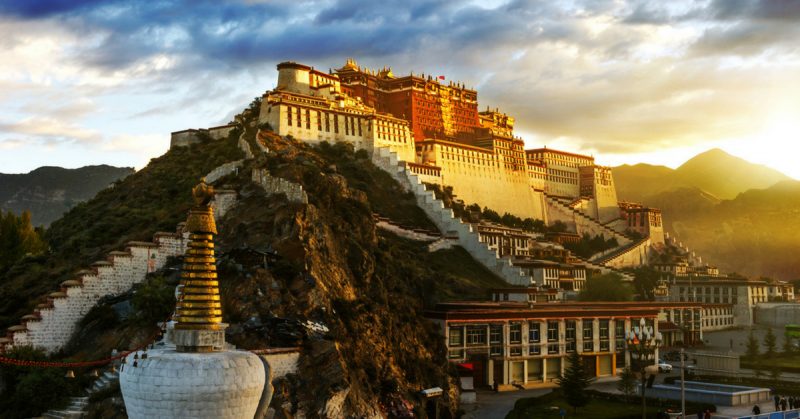While some call her ‘the Warrior Nun of Tibet’, others call her the ‘Tibetan Joan of Arc.’ Either way, Ani Pachen’s name will never fade from the books of history. She was a woman of courage who gave up part of her life for Tibet’s cause.
Born sometime around 1933, in Gonjo, Kham province, eastern Tibet, she was the sole child of the Lemdha clan’s chieftain. Originally named Pachen Dolma, the princess was submerged in spirituality, having been initiated in the ‘Dorje Phurba’ at the age of 17, and concluded preliminary religious training at the age of 21.
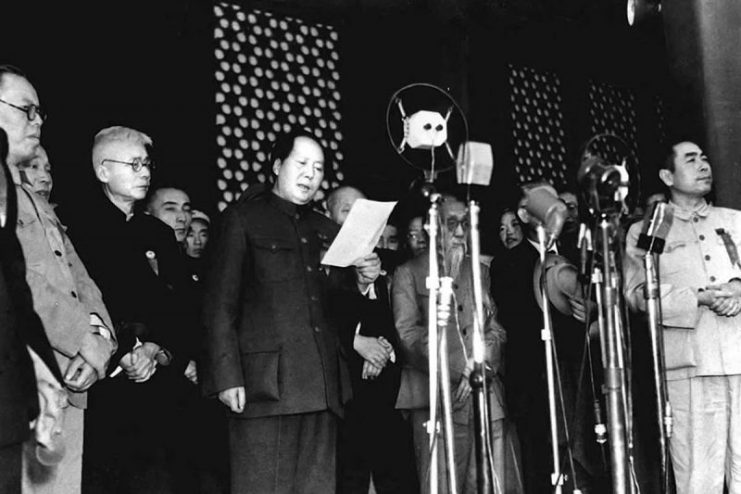
She was so drawn to spirituality that she would rather flee to a Buddhist Monastery at Tromkog on a three-day horse ride than let her father marry her off to a chieftain from another clan. She returned when her father promised to annul the engagement.
Her life as a warrior slowly unfolded during Communist China’s invasion of Tibet in 1950. Chinese troops had crossed the Jinsha River, slaughtering the Tibetan army as they advanced with their superior battle prowess.
To achieve peace, the Dalai Lama of Tibet, in 1951, sent delegates to sign the Seventeen-Point Agreement with China. The agreement was basically about putting Tibet under the shadows of the People’s Republic of China, implementing socialist reforms.
Tension would rise among the Tibetan masses as they disregarded the agreement, accusing China of making the delegates sign the agreement ‘under duress’. Over the years, darkness brewed in the skies of Tibet as the tension continued to rise. Ani Pachen was just fifteen, but her father then saw the need to train her in the ways of guerrilla warfare during which she learned to ride and shoot.
She would sit by her father’s side as he planned a campaign of military resistance with his war council. She also completed her preliminary religious studies in her quest to become a Buddhist nun. Over the next few years, she would be taught by her father everything involved in being the future leader of her clan.
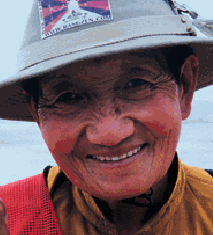
With the passing of each year, the heavy cloud looming over Tibet got heavier. The surging Chinese armies were firm in their mission to capture the Tibetan region, destroying every obstacle in their path, and leaving a trail of destruction behind them. By 1956, the beautiful Kham and Amdo regions lay sprawled at their feet, as thousands of Tibetans died either fighting or running.
They desecrated and ransacked the monasteries, taking everything of value they could find before setting fire to them. This prompted tens of thousands of Khampas to form an armed resistance while taking refuge in the surrounding mountains. A coalition of Khampa and Amdo would merge with the rest of Tibet to form the Chushi Gangdruk resistance group.
Ani’s father would draft plans with his war council, determined to fight the communist Chinese invaders. But in 1958, he was struck by a disease which ultimately led to his death. The Chieftain position of the Lemdha clan became void and in a dire need to be occupied in the face of the surging Chinese. This would strike a chord in Ani Pachen’s heart.
A deep sense of feeling engulfed her after mourning her father’s death, and she would lay her Buddhist pacifism aside, straying from the Buddhist’s path of peace and compassion, to take up the persona of a warrior, and a leader.
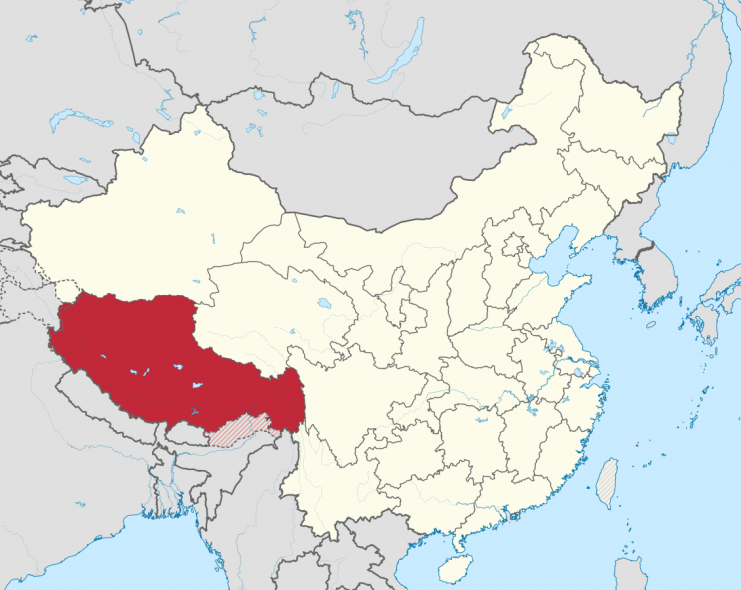
Her courage towered into the skies as she raised her hand, not for peace, but for war. In 1959, she rode at the fore of 600 brave Lemdha guerilla fighters, riding in the shadows of the mountains.
They would ambush Chinese convoys, destroying their camps and ransacking them.
But as news of the impending Chinese attack on Lemdha came, Ani hurried to her hometown to warn her family of the dangers ahead. They heeded her advice and fled the town.
Their group soon grew to thousands, as several other people from the towns of Derge, Shipa, and Markham joined them in their quest for refuge among the Chushi Gangdruk, a resistance group located in Lhasa. Ani Pachen then returned to her fighters, with whom she escorted the refugees.
She divided the multitude into smaller, less visible groups while dispatching defensive patrols and engaging in armed warfare against Chinese tanks.
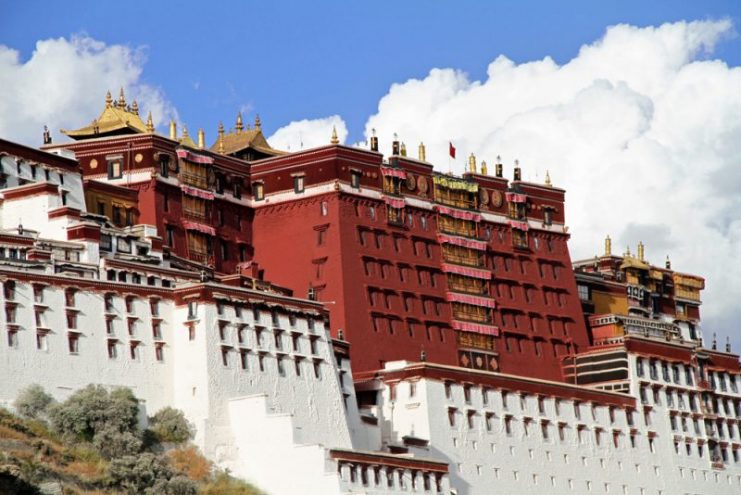
However, in late 1959, the Chinese military struck the Chushi Gangdruk with full force. This resulted in the defeat of the Chushi Gangdruk, and ultimately the fall of Tibet which saw its incorporation into the People’s Republic of China, and the exile of the Dalai Lama.
Pachen and her remaining family members fled into the forest, from where they journeyed towards India; they were eventually caught by Chinese troops, and the next 21 years of her life would be a sour tale of horrible pain and suffering.
In ‘The Sorrow Mountain: Journey of a Tibetan Nun’, a biography, written by Adelaide Donnelley, she spoke about how she was bound hand and foot and hung upside down while being tortured by the Chinese prison guards.
She was released 21 years later at the age of 46, having lost not just her family, but also her youth.
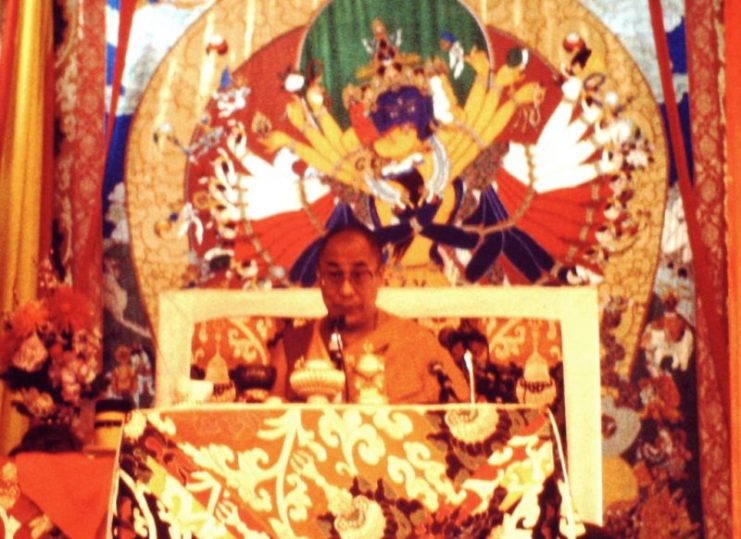
After her release, she continued to take part in several demonstrations in Lhasa for which she was again sought after by the authorities. She fled to Dharamsala where she joined supporters of the exiled Dalai Lama, whom she had always dreamed of meeting.
The rest of her life was spent teaching about the Tibetan cause around the world. On February 2, 2002, she died of heart failure.
Her name, Ani Pachen, literally translates into English as ‘Nun, Big Courage,’ and indeed, enormous was her courage. She is remembered all around the world not just as a princess, or a nun, or a warrior, but also as a heroine.
